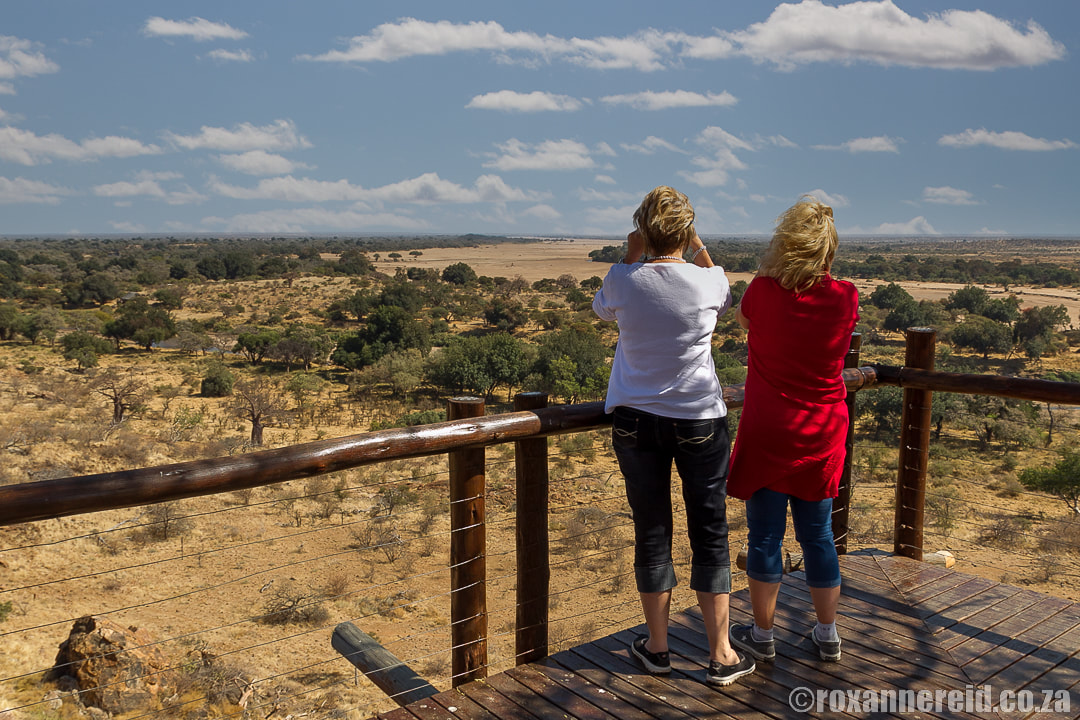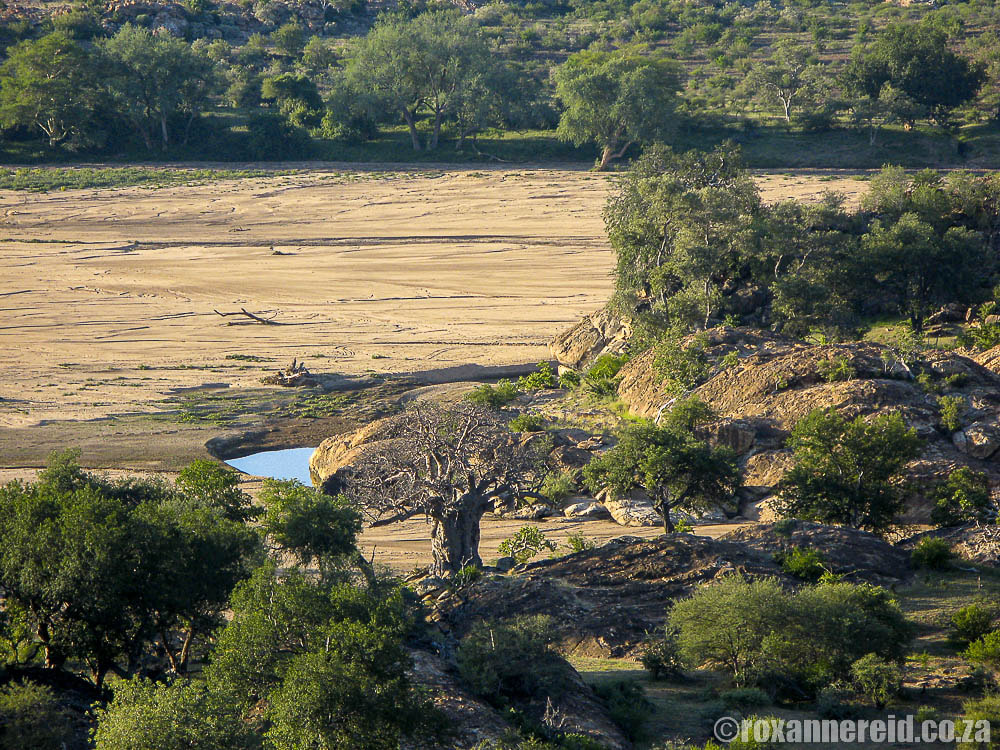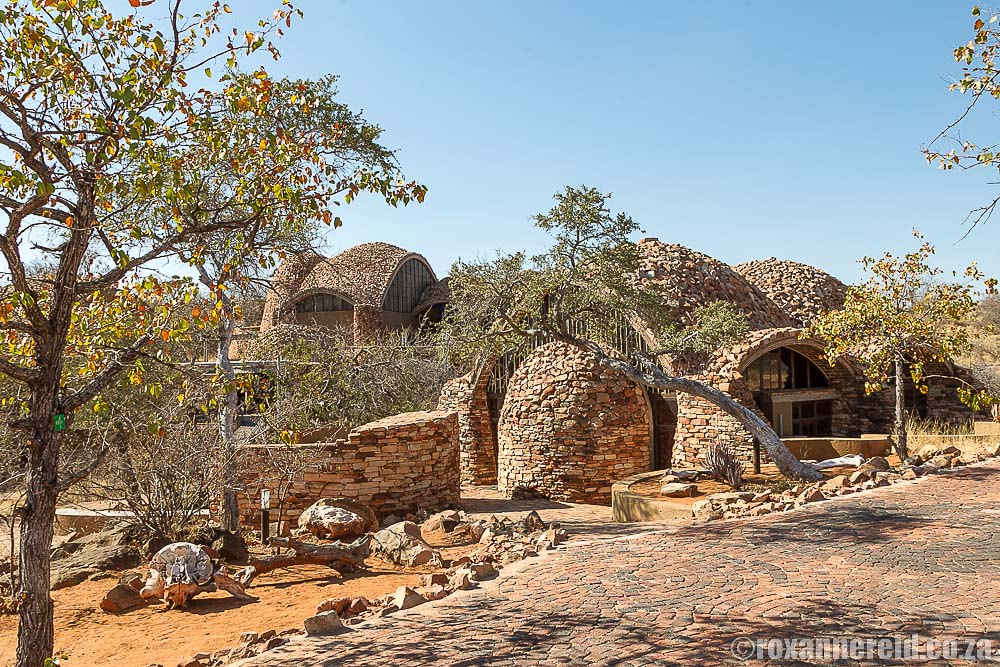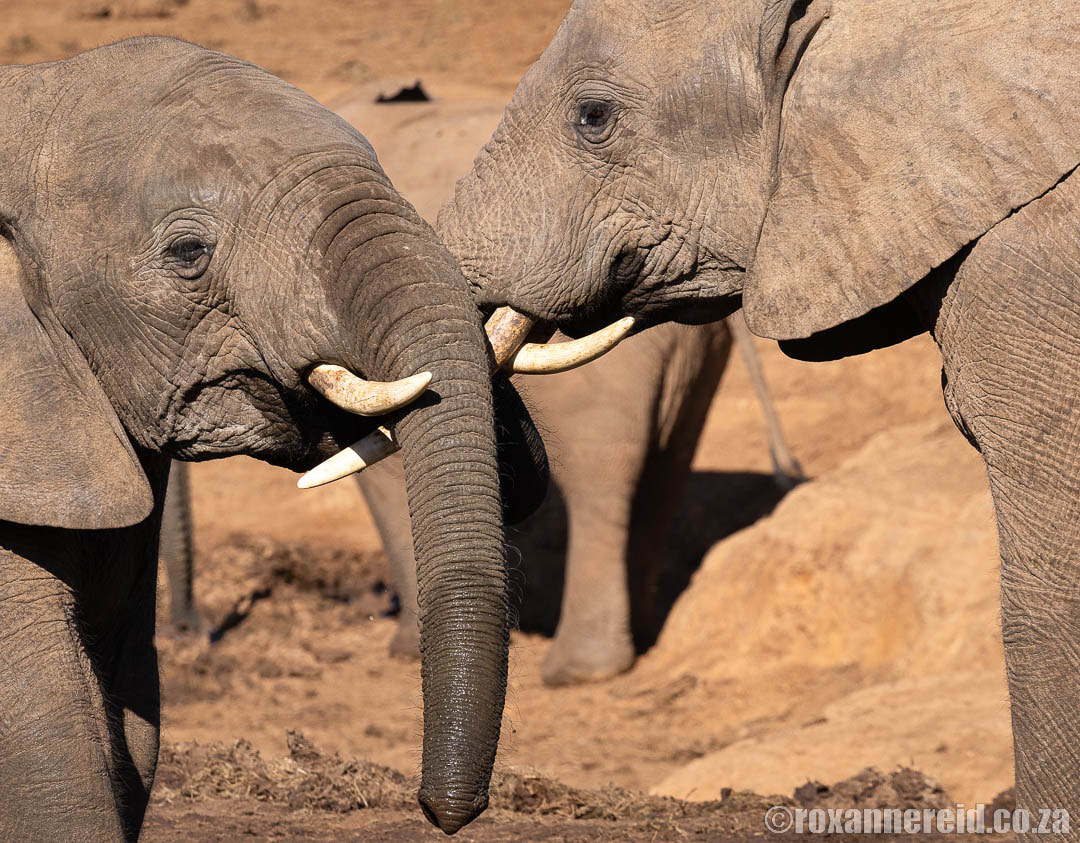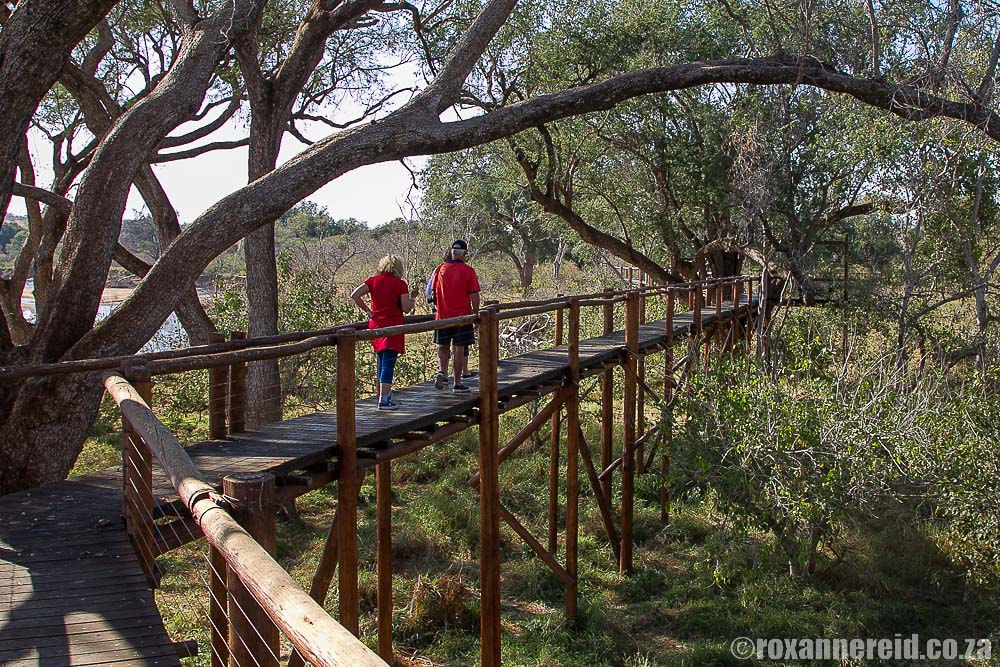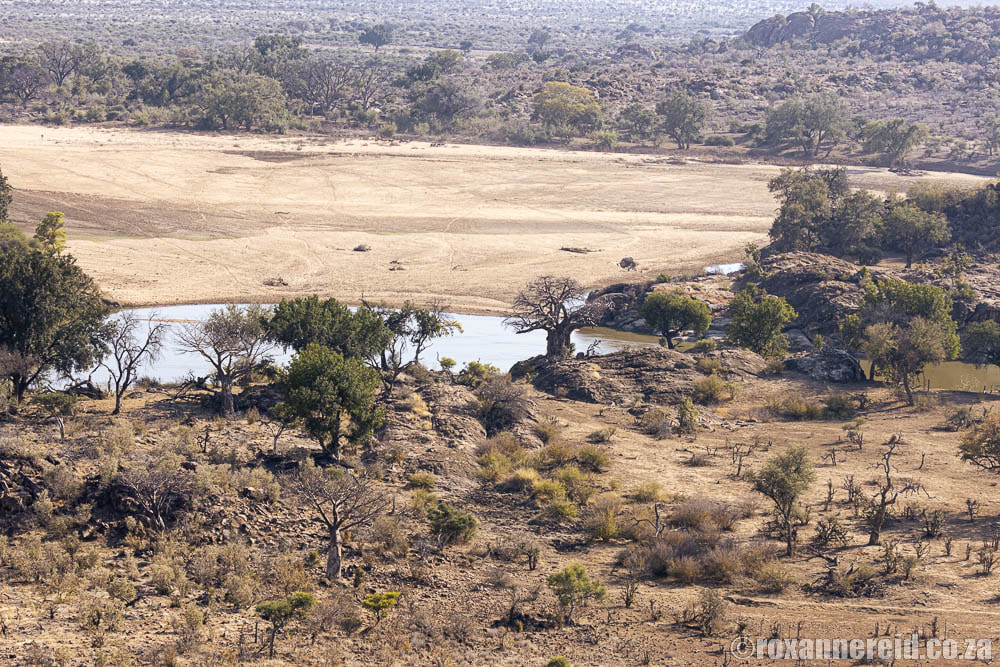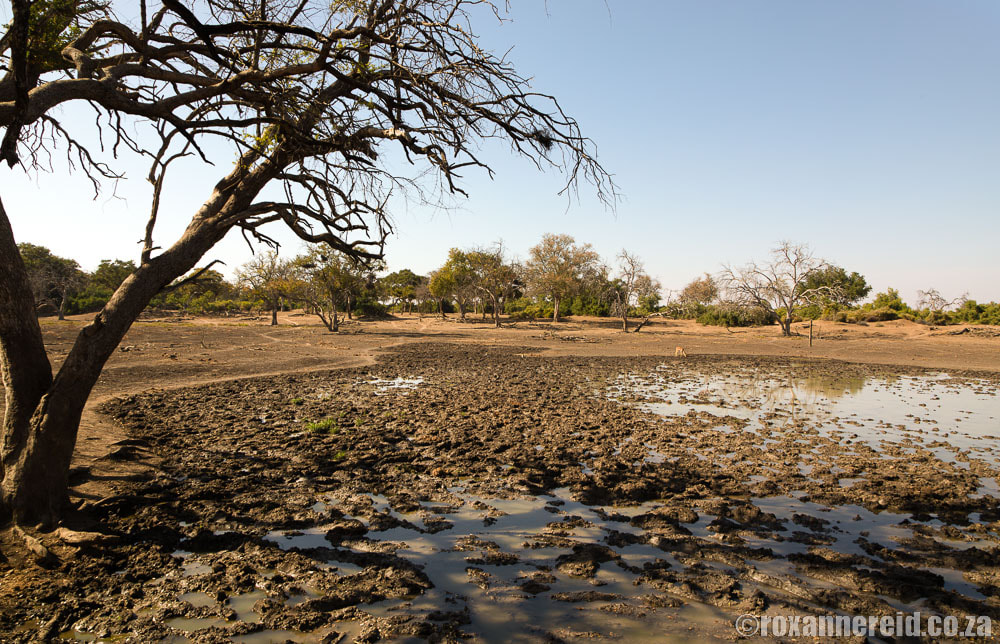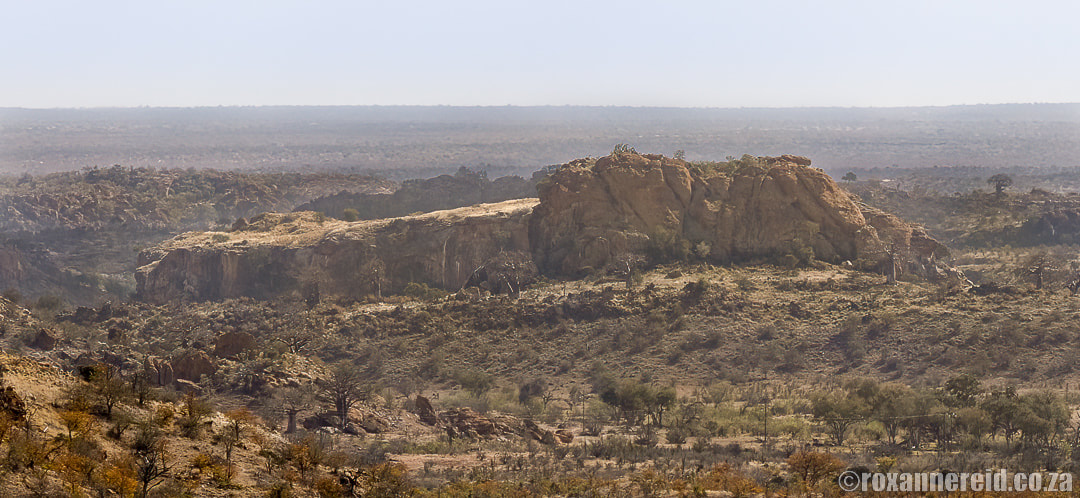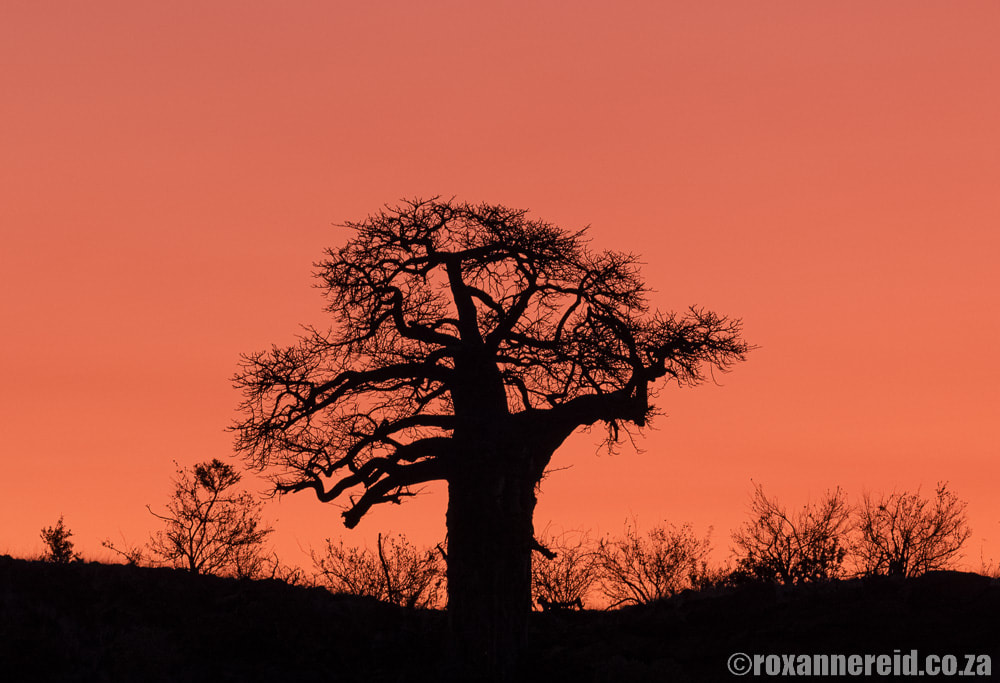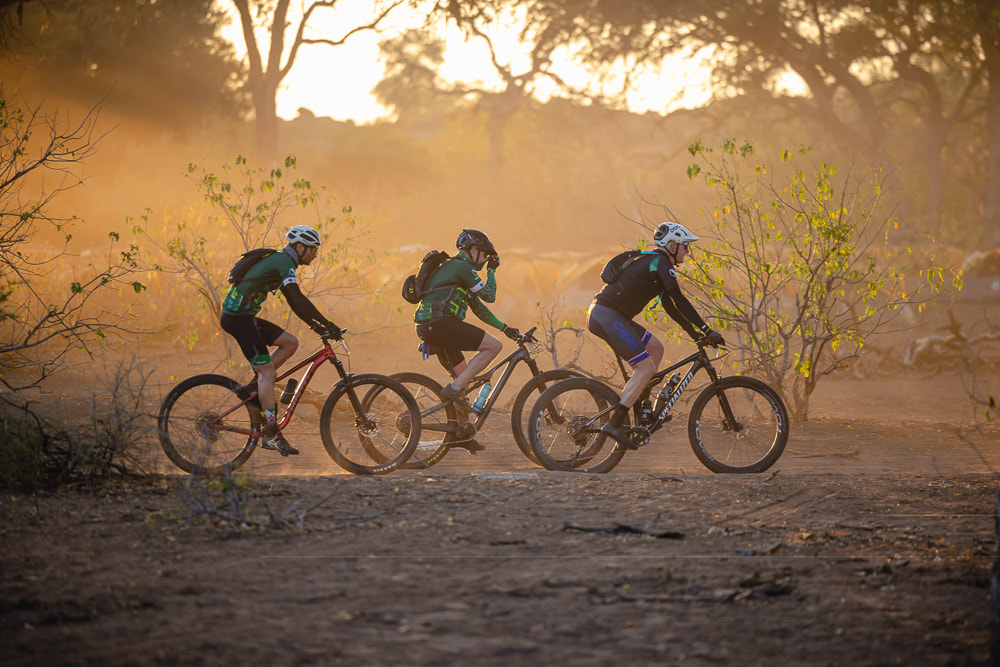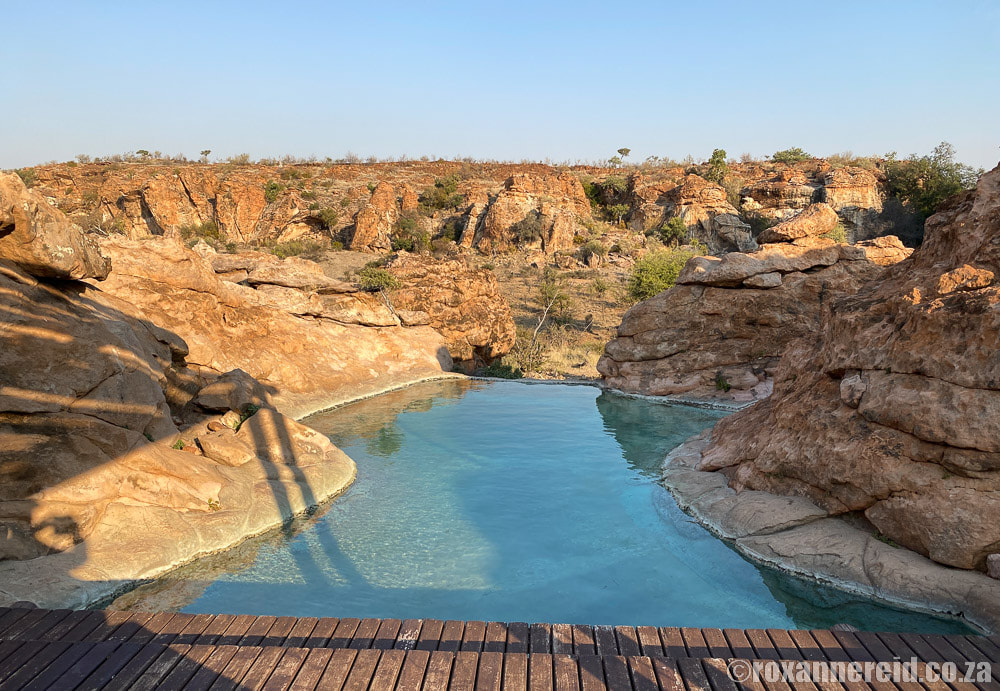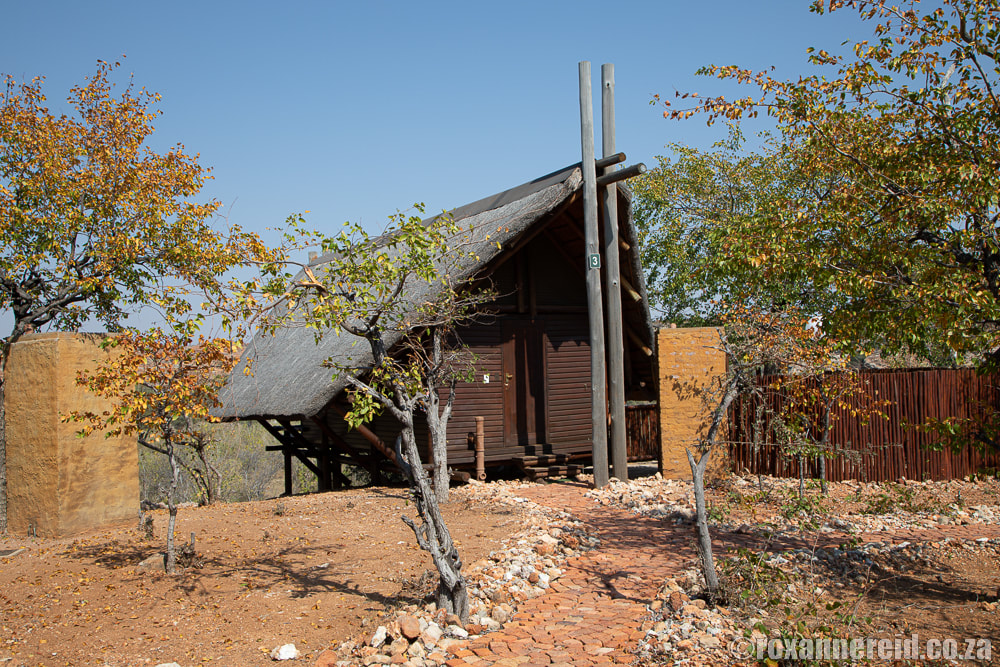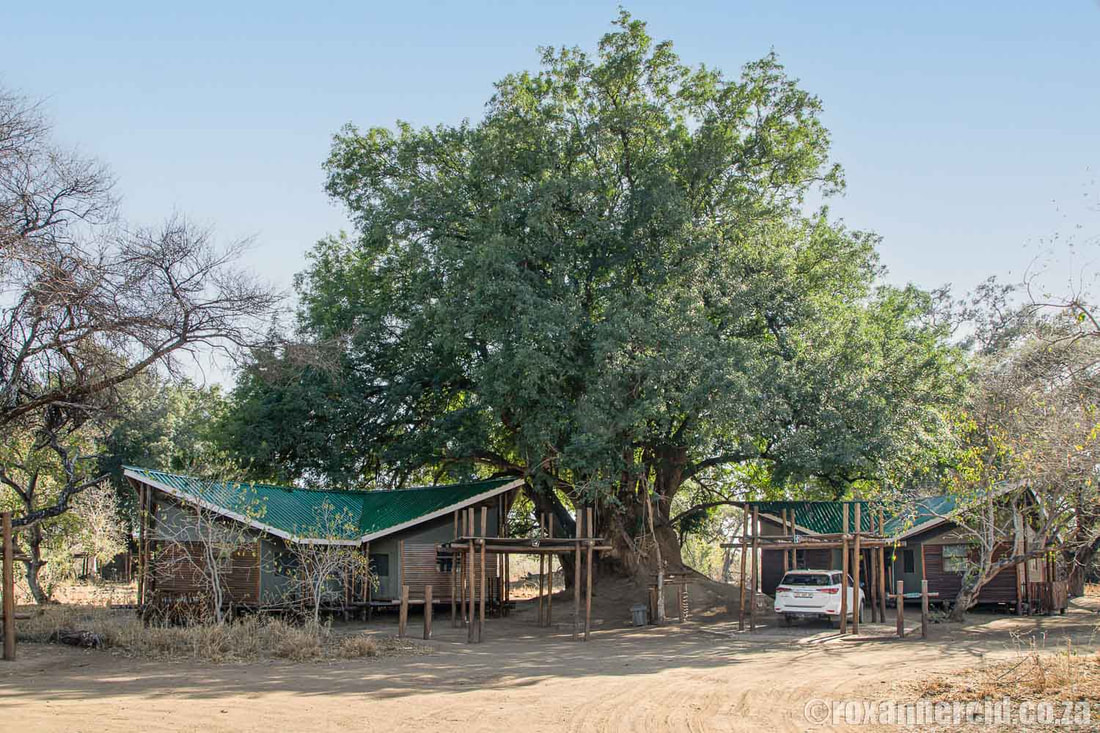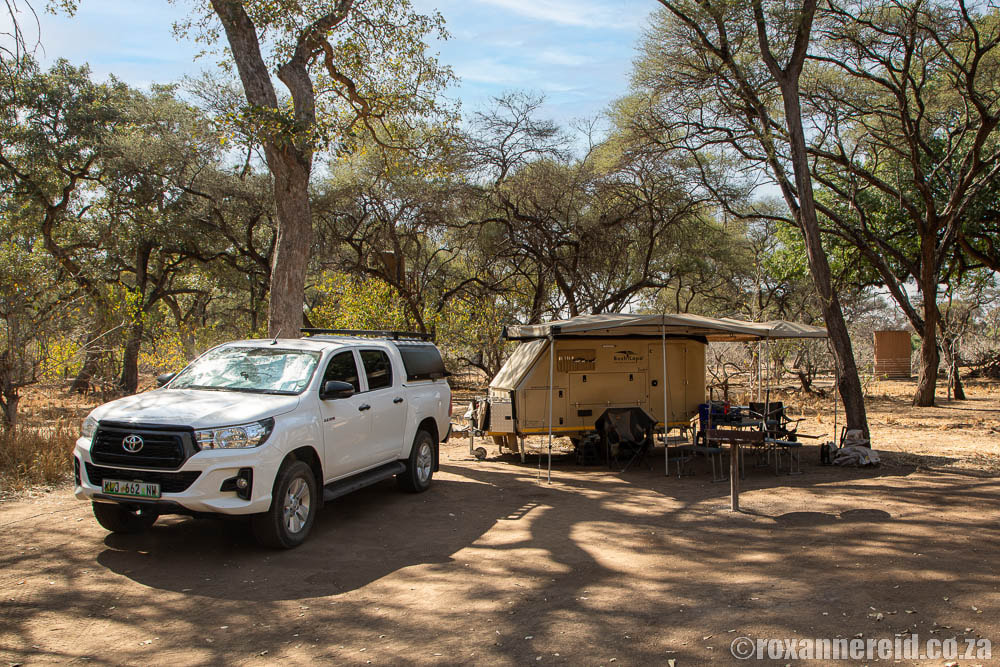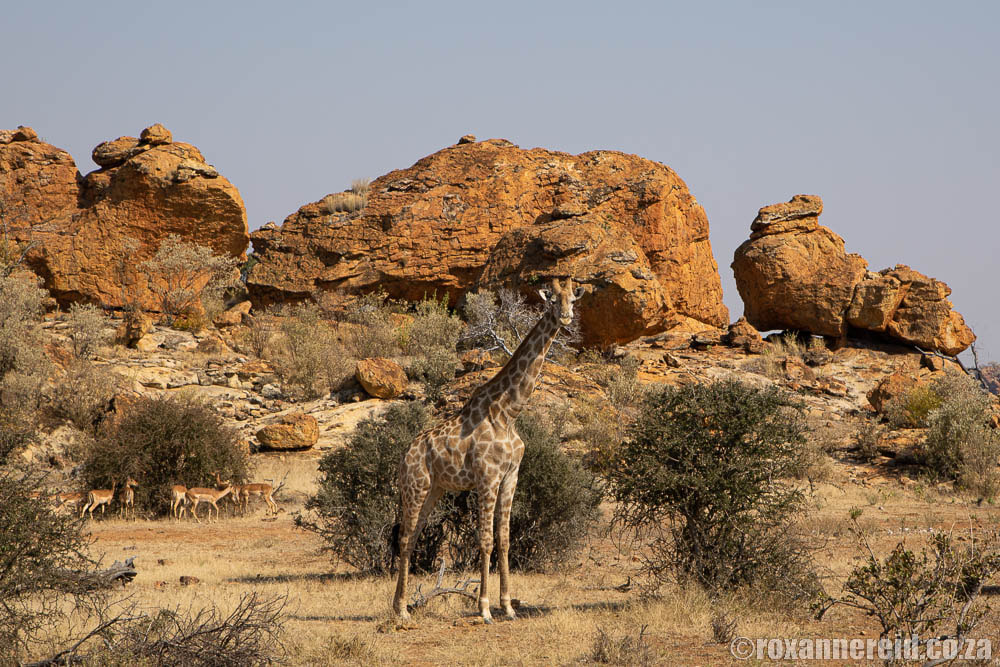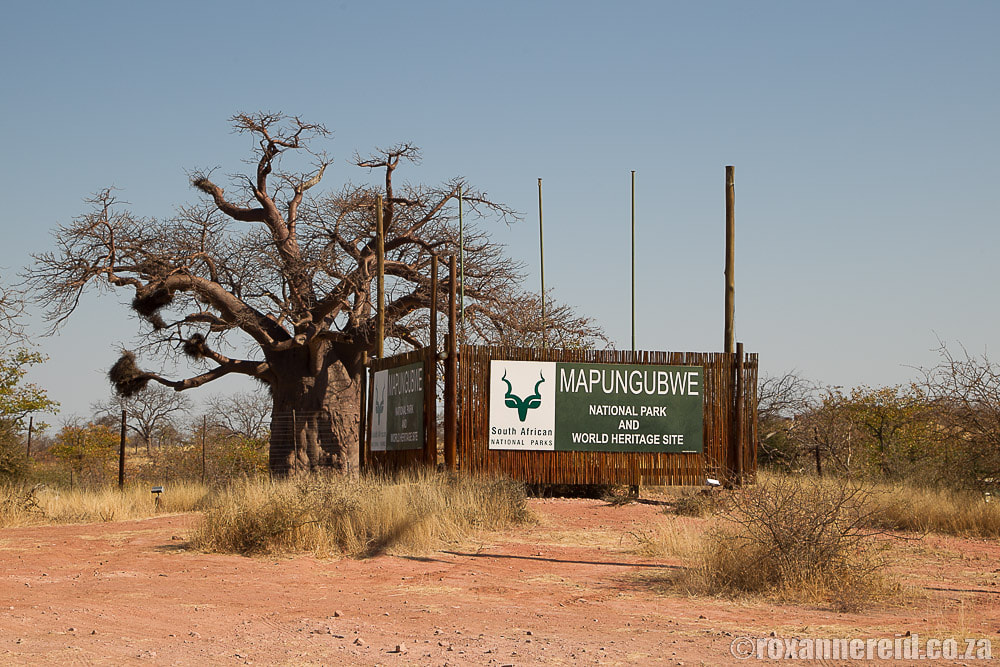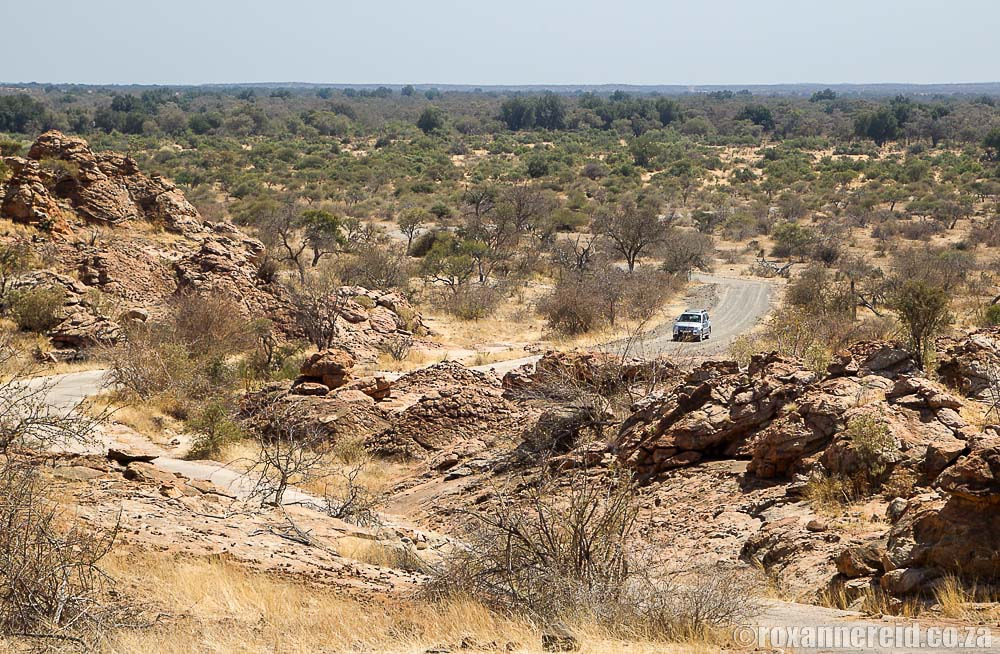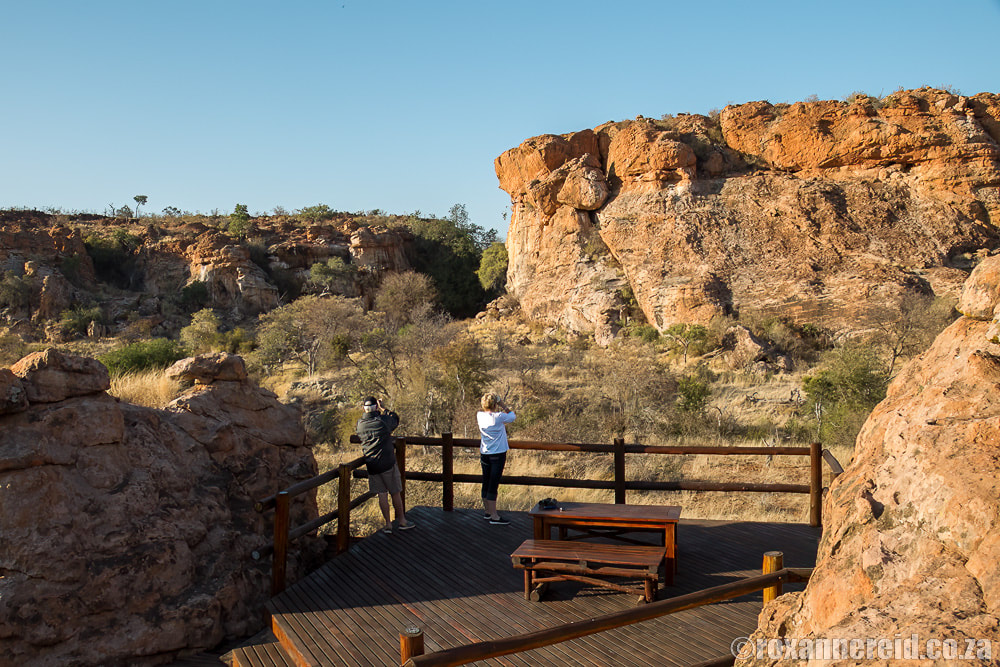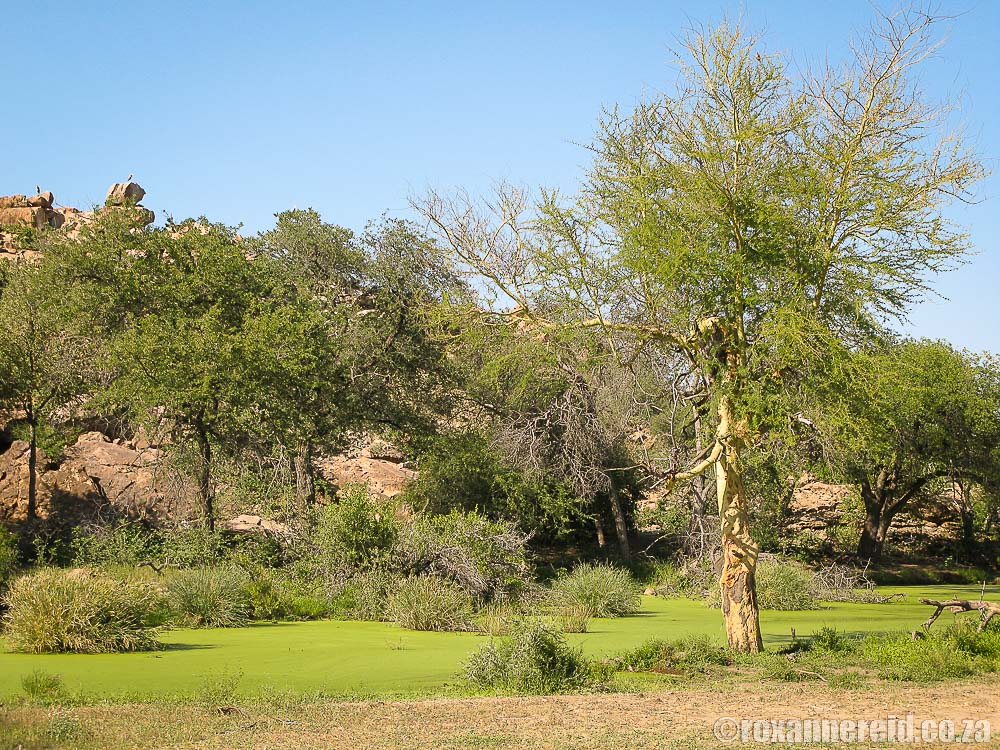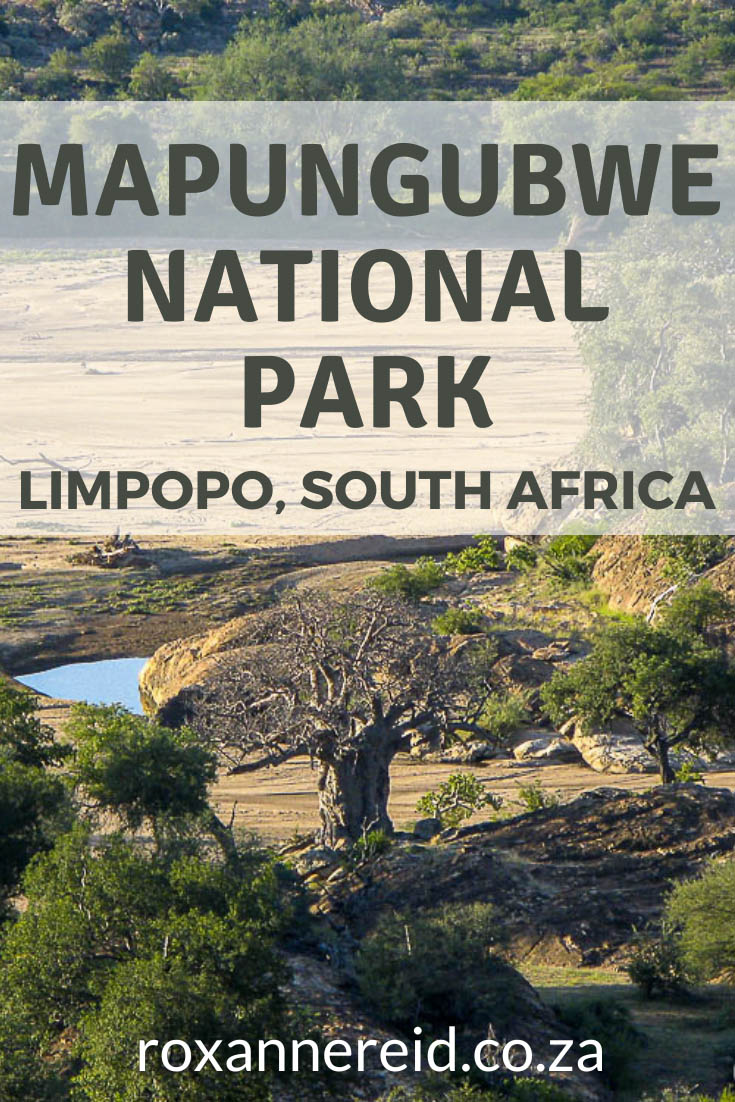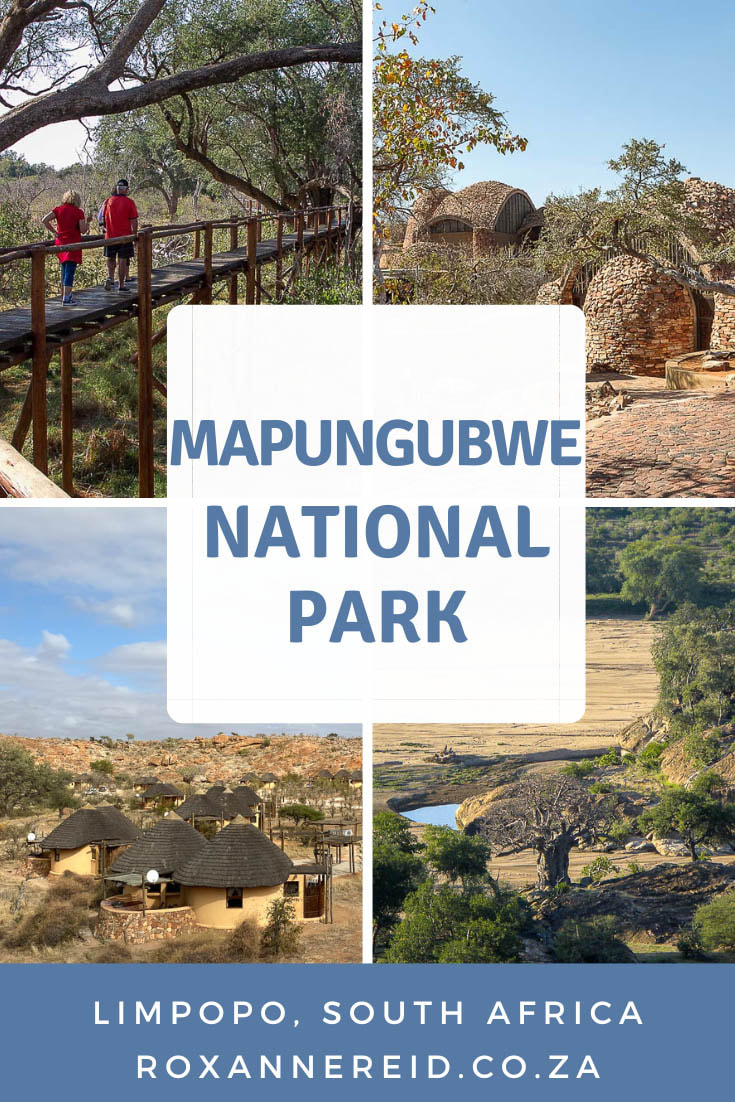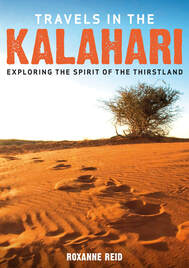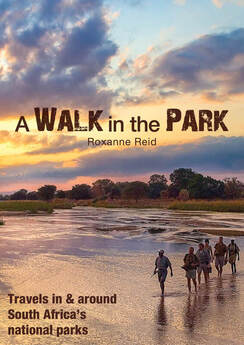In the far north of South Africa, where the Limpopo and Shashe rivers meet and you can peer into Botswana or watch eagles soar over Zimbabwe, lies Mapungubwe National Park. It’s rich in biodiversity and scenic beauty, conserves fossils and ancient rocks that are nearly three billion years old, and has 24 species of acacia tree and a magnificence of baobabs. Discover things to do in Mapungubwe National Park and everything you need to know before you visit.
The most important thing about Mapungubwe National Park is its cultural significance. The Kingdom of Mapungubwe is the oldest known kingdom in southern Africa, predating the more famous Great Zimbabwe.
Archaeological excavations have proved that people lived here from around 900-1300AD, trading with India, China and Egypt through Islamic traders along the East African coast. Gold artifacts uncovered here – like a golden one-horned rhino – form part of South Africa’s finest heritage. Small wonder then, that Mapungubwe has been declared a UNESCO World Heritage Site.
If history and culture of such substance turn you on, don’t miss a guided heritage walk to Mapungubwe Hill (see point 1 below) and a visit to the Interpretation Centre/museum (see point 2 below).
On a visit in August 2022, we found the Western section very dry and barren, with little grass and lots of broken trees – usually the work of the many elephants that live here. Most of the trees in this section are thorn trees, though there are also giant nyala (mashatu), ana and fever trees along the Limpopo River. My favourite places in this section are the Maloutswa Pan hide and the drive that hugs the Limpopo River for three or four kilometres.
Best things to do at Mapungubwe National Park
The heritage walk leaves from the main gate at 7:00 and 10:00 and you’ll be driven to the foot of the hill in an open safari vehicle. The experience lasts about two hours and is highly recommended.
Read more about the heritage tour
There’s a restaurant and a small curio shop. The museum is open from 8:00 till 16:00 daily. Get your entry ticket from reception at the entrance gate. For a small additional fee you can do a guided tour here although there are videos and info panels that ably tell the story.
3. Go on a guided drive at sunset or at night along roads not open to the public for a chance to see nocturnal species like aardvark, genet, hyena or leopard. It’s a great way to find out more about the animals and plants of the area from an experienced guide. The sunset drive leaves from the main gate at 16:00 and takes three hours. The night drive leaves from the main gate at 19:30 and lasts two hours. If you’re an early bird, you might prefer an early morning drive that leaves from the main gate at 5:30 and takes about three hours.
5. Join a guided walk in the park to immerse yourself in the sights, sounds and smells of the bush and learn about medicinal plants, tracks and signs from your guide. If you make a special request beforehand he may even be able to show you one or two of almost 150 rock art sites in the park, created perhaps as long as 5000 years ago.
When we first visited Mapungubwe in 2007 they were already talking about creating special rock art tours, but sadly this still hasn’t happened. It’s a great pity because there are some gems, including the only known Khoisan painting of an insect – a praying mantis – and petroglyphs (etchings) of sable antelope, hippo and elephant. Recently, the Honorary Rangers have started to organise events to showcase Mapungubwe’s rock art, which are worth looking out for if this is your passion.
Even without the hide, it’s worth a short walk to get views of what Kipling called the ‘great grey-green, greasy Limpopo River, all set about with fever-trees’. If you’re a birder, keep your eyes peeled and you may spot species like green wood-hoopoe, arrow-marked babbler, crested barbet, Retz’s helmet-shrike, Meyer’s parrot, Meve’s starling and African barred owlet.
Unfortunately, I heard that in September 2022 visitors found the walkway closed and blocked off, possibly because it’s unstable. Planning is underway to create a similar experience in a new, safer position sometime in the future.
8. Don’t miss the ‘stone tribe’ at the Confluence. Go to the Pinnacle Deck, a fifth lookout deck south of the car park (past the ablutions). In the distance to the left is the ‘stone tribe’, which is really a collection of fossilised termite mounds.
9. Enjoy a bush braai. Start your evening with a drive in an open safari vehicle to a place chosen for its views and ambience. A bush braai is a wonderful way to become part of the African landscape and hear the sounds of night animals reverberate through the dark while you eat your fill by the light of a campfire. For something extra special, ask at reception about the availability of a moonlight bush braai in the Limpopo riverbed. Obviously, these moonlit bush braais take place only during the three-day full moon each month.
12. Explore the 4x4 Eco Trail near Tshugulu Lodge in the Western section, which takes you through some spectacular terrain and habitat. It’s not exclusive to Tshugulu guests; any Mapungubwe visitors may use it without pre-booking or paying a fee. You definitely need a proper 4x4 with low range. In the early days it was a 45km route that took four to six hours to drive. Sadly, nowadays the route is a bit degraded in parts and poorly signposted, with many of the signs having fallen down or been toppled by elephants. Plans are afoot to erect new signage but it’s unclear when that will be. The route is marked on the map you get when you book in so if you’re adventurous it’s worth exploring to see points of interest like a sandstone valley, a red sand dune and various trees like baobab, wild fig and tamboti. Take it slow and enjoy the landscape.
I particularly enjoy all the baobab trees, each of which has its own personality. Elephants love to debark them to get to the moist inner pulp and it was good to see in 2022 that rangers have protected some of them with wire mesh after they tried beehives and chilli packs with little success. Baobabs are special in that they can regrow bark directly from a damaged wound and withstand constant debarking and still survive. New bark takes a few months to regrow and the wire mesh gives them a chance to recover. The mesh will be expanded to accommodate the widening girth of the tree, but baobabs grow very slowly so this will only be needed every few years.
14. Challenge yourself to spot the Big Six of birds found in the park – Pel’s fishing owl (Poacher’s Corner is a good place to look for this secretive bird), martial eagle, lappet-faced vulture, ground hornbill, kori bustard and saddle-billed stork. Remember to look up for a chance of seeing the magnificent Verreaux’s eagle, which breeds on the cliffs. The park has an impressive bird list of some 400 species.
Mapungubwe accommodation
Note that whether your accommodation is in the Eastern or Western section of the park, you need to check in at reception at the main gate in the Eastern section before you travel there. Allow enough time to drive there before gate closing time (see ‘Need to know’ below).
Eastern section
Leokwe Camp
All chalets have an enclosed stoep with braai where you can drink in the beauty of the russet-coloured rocks at sunset, perhaps watch some giraffe, wildebeest, impala, baboons or even elephants pass through the unfenced camp. Listen to the sound of spurfowl and toast another magnificent day in Africa.
Because Leokwe Camp is unfenced you need to keep an eye out for potentially dangerous animals like lion, leopard and elephant as you walk around. After dark, I recommend you stay inside the area of your chalet/stoep and don’t wander around. If you are braaing in the communal area or visiting friends in another unit for supper, rather go by car for safety on your return in the dark.
Leokwe is 12km from the main gate where you need to check in; it’s a gravel road that should take you about 30min to drive.
Vhembe Bush Camp
Each hut is big enough for two beds and not much else but the en suite bathroom. Each hut has its own enclosed little courtyard area where you can sit to enjoy a drink at the end of the day. There’s a communal kitchen and lapa, as well as a splash pool for residents to share. There are solar lights and gas cookers/geysers, as well as plug points in the huts.
The camp is unfenced, so keep your eye out as you move around during the day. It’s a good idea to be extra vigilant after dark and to take a torch or head torch to get from your hut to the communal kitchen and back. The torch may also be a lifesaver if the solar lights conk out for any reason.
Vhembe is 14km from the main gate where you book in. It’s a fairly rough gravel road in places and will take you around 40min, so make sure you allow time for that.
Western section
Tshugulu Lodge
A good option for larger groups of friends or family travelling together is the luxury self-catering stone and thatch Tshugulu Lodge set among giant baobab and nyala (mashatu) trees. It caters for up to 12 people in a house sleeping 8 people in 4 bedrooms (two with double beds, two with singles) and a cottage sleeping 4 in 2 bedrooms (one with double bed and one with singles). Each of the 6 bedrooms has its own bathroom. The guest house and cottage can be booked together or separately. Both are air conditioned and have fully equipped open-plan kitchens and a braai area. The house and cottage share a swimming pool.
Tshugulu is only fenced against elephants, though other dangerous animals might move through the camp. Stay aware of your surroundings and don’t move outside your guest house/cottage/braai area in the dark.
Tshugulu is 24km from the main gate where you need to book in. From there, travel along the tarred R572 Pontdrif Road to get to the turnoff onto the gravel road that takes you to Tshugulu.
Limpopo Forest Camp
Two of the major attractions of this forest camp, apart from the trees, are the birds you might spot here, and the ease of access to the Maloutswa Pan hide about 3km away (see point 10 in ‘things to do’ above).
Limpopo Tented Camp is only fenced against elephants, so keep your wits about you when you move around camp because other dangerous animals might wander through. I recommend you stay in your unit or on the deck after sunset and before sunrise.
After you check in at reception at the main gate, the best way to get to Limpopo Forest Camp is to travel west along the tar road for 6km, then turn off along the gravel Den Staat road and follow the signs to the camp. The distance along this route is 29km (about 55 min). You can also use the tarred R572 Pontdrif Road and turn off onto the R521, but the distance is longer at 42km (about 65min).
Mazhou camping site
Given that the camp is only fenced against elephants, it’s a good idea to be alert at all times and to bring a torch for getting to and from the ablutions after dark. The ablutions are in the centre of the circle of camp sites so not a long walk from any site.
After you check in at reception at the main gate, travel west along the tar road for 6km till you come to the Den Staat road turnoff on your right, then follow the signs to the campsite. The total distance from the main gate to the campsite is 29km (about 55 min). Another way is to use the tarred R572 Pontdrif Road then turn off onto the R521, although this route is longer at 42km (about 65min).
See more about Mapungubwe accommodation and tariffs here
See the camp layouts here
Facilities
- The Interpretation Centre/museum is well worth a visit to learn about the cultural significance of the area. It is open from 8:00 till 16:00 daily. You need to buy your entrance ticket at the main reception desk, which is also the place to book and pay for all other activities. For a small fee you can do a guided tour at the museum.
- There’s a restaurant in the Interpretation Centre complex. It’s is open from 8:00 till 18:00, so best suited for breakfast, lunch or a very early supper. The menu includes items like toasted sandwiches, steak, chops, burgers and salads. Prices are reasonable.
- There is no fuel station in the park so don’t forget to fill up at Alldays or Musina before you arrive.
- There’s no shop selling groceries or toiletries so you need to bring all your food, drink and other necessities with you for your self-catering stay. There’s just a small shop at the museum/restaurant area where you can buy wood and ice.
- There’s no ATM in the park.
- There are five viewing decks at the Confluence where you can look out over the Mapungubwe landscape. A picnic area here has shaded areas with picnic tables and benches, as well as braai stands.
- There’s a small tuckshop at the Confluence but don’t expect much more than a cold drink or packet of crisps.
- A raised treetop boardwalk takes you into the tree canopy near the edge of the Limpopo River.
- There’s a small day visitors’ picnic area behind the Interpretation Centre.
- The Maloutswa Hide in the Western section of the park overlooks a small pan.
- There are toilets at the entrance gate, the Interpretation Centre, the day visitors’ area, the Confluence, and at Maloutswa Hide. If you’re pushed, you can also ask to use the ablutions at Mazhou Campsite.
Conservation challenges
One of the challenges at Mapungubwe is the fact that it is divided into two parts, with private land in between. Although it’s one of SANParks’ smaller parks, less than 40% of its total surface area is actually owned by SANParks. The rest is owned by NGOs, conservation trusts and a major mining group. All of these have conceded their land to SANParks to be managed as part of the Mapungubwe National Park.
The impact of this on visitors is twofold. Firstly, there’s the need to drive out of one section of the park before you can access the other, breaking the mood and the illusion that you’re far from ‘civilisation’ which is such a part of the normal game reserve experience. Secondly, it means that you might be sitting quietly admiring baobabs and elephants when a vehicle from the mines dashes past you and sets the elephants scattering for cover.
Less obvious but equally concerning is unease about the environmental impact of the mines, although quarterly meetings discuss any challenges that might arise. The mine also monitors water stress in tree species along the river.
Mapungubwe is part of the Greater Mapungubwe Transfrontier Conservation Area with Botswana and Zimbabwe although there doesn’t seem to be a common management plan on all sides of the border. An inside source says there are plans to re-establish quarterly meetings between the three countries, which fell away during the pandemic.
Getting to Mapungubwe National Park
By road
Mapungubwe right in the north of the northernmost Limpopo province of South Africa shares a border with Zimbabwe and Botswana. It’s about 540km north of Johannesburg, or some 200km north of Polokwane, travelling along the R521 via Dendron, Vivo and Alldays. This road used to be full of potholes a few years back, but it has improved more recently (August 2022), largely thanks to farmers who have filled in many of the potholes so they can more easily transport their harvest. There’s still a stretch of bad potholes between Vivo and Alldays but if you take things slowly you should be fine.
The alternative route from Polokwane is to go straight up the N1 to Musina and then turn west along the R572 to Mapungubwe. This road is in good condition, bar for a very short section of the R572 with scattered potholes. Going this way is about 260km from Polokwane so a bit longer than the more direct Vivo-Alldays route. If you’re approaching from the Kruger National Park’s Pafuri Gate, going through Musina is definitely the best route for a smooth ride.
If you plan to approach from the West – from Gaborone, Thabazimbi or Lephalale direction – allow lots of travel time because approximately 100km of road between Swartwater and Alldays is really, really bad, with loads of big potholes and long stretches of completely disintegrated tar (August 2022).
By air
The closest airport to Mapungubwe is Polokwane, about 200km from the park, although the nearest international airport is OR Tambo in Johannesburg. You would need to fly to Polokwane and arrange to collect a hired car there to get to the park and make the most of your visit.
Click here to find Mapungubwe National Park on Google Maps
Getting around
There is a network of gravel roads inside the park, some of them suitable for normal two-wheel drive vehicles, although high clearance is always an advantage. You will be able get to all the rest camps and to visit the main attractions like the Interpretation Centre, the day visitors’ picnic area, the Confluence decks and the treetop walkway with a normal sedan. However, you will need a proper 4x4 with low range to open up opportunities for wider explorations such as the Kanniedood or Kongoni loops and many other 4x4 routes in the park, including the tracks around Tshugulu Lodge. All 4x4 roads are clearly marked as no-entry for non-4x4 vehicles so if you’re in a two-wheel drive, keep a lookout and don’t attempt to push your luck or you might easily get stuck or damage your vehicle.
Best time to visit Mapungubwe
June and July are the coolest months in the park, with average lows of 8 degrees Celsius at night and in the early mornings, but warm, sunny days reaching 25 degrees. May to August are the driest months, which is good for game viewing as animals need to come to water points to drink. For this reason, these are my favourite months in the park, even though the landscape is dry and brown, particularly towards August. Bear in mind, though, that there are school holidays for three weeks in June/July; if you don’t have kids it’s always best to avoid those busy weeks.
If you’re a keen birder, you might want to plan your visit for September/October when all the migratory birds have returned and the list of birds you spot will grow.
The summer months of October to March can be very hot, with temperatures regularly reaching into the high 30s or even 40s. Summer is also the wet season, with rainfall in the months of November to February averaging some 55-65mm a month. I wilt in the heat so I prefer to avoid this time of year, but there are decided benefits. For instance, when there are good rains the river flows, the park is green and therefore very attractive to photographers. The downside is that animals tend to get their water needs met in random puddles all over the veld rather than needing to visit waterholes and pans so game viewing can be a challenge. That said, game viewing is only one reason to visit Mapungubwe; its gorgeous landscapes and cultural history remain mesmerising, no matter how hot the days are.
Need to know
- Fill up with fuel at Alldays or Musina before you arrive at Mapungubwe National Park because no fuel is sold inside the park. If you plan to do a lot of driving around, it’s best to have an auxiliary fuel tank or to carry an extra canister of fuel because you don’t want to have to drive 70km just to fill your tank again.
- Park gates are open from 06:00 to 18:30 between September and March, from 06:30 to 18:00 between April and August.
- Remember that whichever camp you are staying at you have to check in at the main reception in the Eastern side of the park. For instance, Limpopo Tented Camp, Tshugulu and Mazhou Campsite are in the Western section, but you still have to check in at reception in the Eastern section before driving to your camp.
- Always allow time to get to your camp from reception after you check in. Here are the approximate times it will take: Leokwe (30min), Vhembe (40min), Tshugulu (45min), Limpopo Forest Camp via Den Staat Road (55min) and Mazhou Campsite (55min). If you prefer to use the Pontdrift Road to get to Limpopo Forest Camp and Mazhou Campsite, it will take you a bit longer (65min).
- You will get a map when you book in. This will help you navigate around the park, not just to find your accommodation but all the other points of importance too. It also clearly shows the 4x4 tracks.
- Note that the speed limit in the park is 40km/h – for your safety and that of the animals.
- This is a malaria area, so talk to your doctor or travel clinic about malaria prevention before you visit Mapungubwe, especially during summer. Wear long pants and long sleeves at dawn and dusk and apply mosquito repellant, particularly to uncovered parts of your body like neck and ankles.
- Mapungubwe is now a cash-free park so make sure you bring a credit or debit card for all transactions, including paying for activities and meals. That said, cash is still the best way to tip the guides who lead your activities so keep some on hand. Note that there is no ATM in the park.
- Cellphone reception is very patchy in the park and mostly absent in the camps. Use the opportunity to switch off and enjoy your environment. If you urgently need to send or receive a text, email or call, drive to the main gate/reception parking where Vodacom signal is good, but not so great for MTN. If you leave your phone on as you drive around the park, you will hit one or two spots where Whatsapp will ping and download a text.
- Remember to bring your camera/phone, binoculars, hat and sunscreen.
- Always carry plenty of water in the vehicle in case of emergencies.
- Stay on the designated roads; driving in the veld causes ecological damage and if a ranger catches you where you shouldn’t be you may be fined.
- Use your common sense and don’t feed the animals.
- Don’t pick any plants or even pick up dead wood for kindling your camp fire. Both are fineable offences.
- For all rates and bookings, contact SANParks Central Reservations, tel +27 (0)12 428-9111, email [email protected], and the park’s website is https://www.sanparks.org/parks/mapungubwe/
- If you have any queries about the park or want to prebook activities, Mapungubwe’s email is [email protected] or phone 015 534-7923/4/5. The duty phone number is 066 484-8874. All of these numbers sometimes go on the blink at the same time so be prepared for some frustration. The previous park manager used to be very responsive in replying to queries about the park on the SANParks – Mapungubwe National Park Facebook group, but it seems to be far less responsive now. However, ask to join and you can perhaps tap into the wisdom of other visitors via this Facebook group.
You may also enjoy
Falling in love with Mapungubwe National Park
World Heritage Sites in South Africa and why to visit them
Marakele National Park: everything you need to know
Like it? Pin this image!
